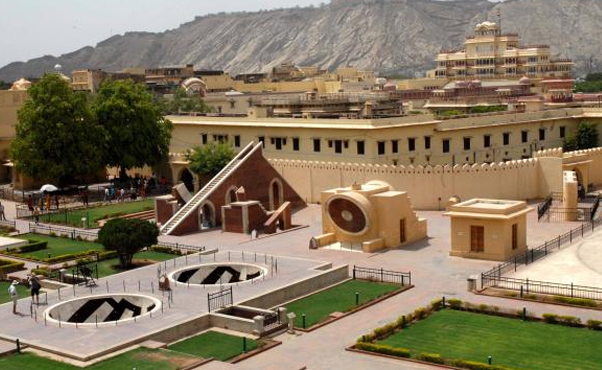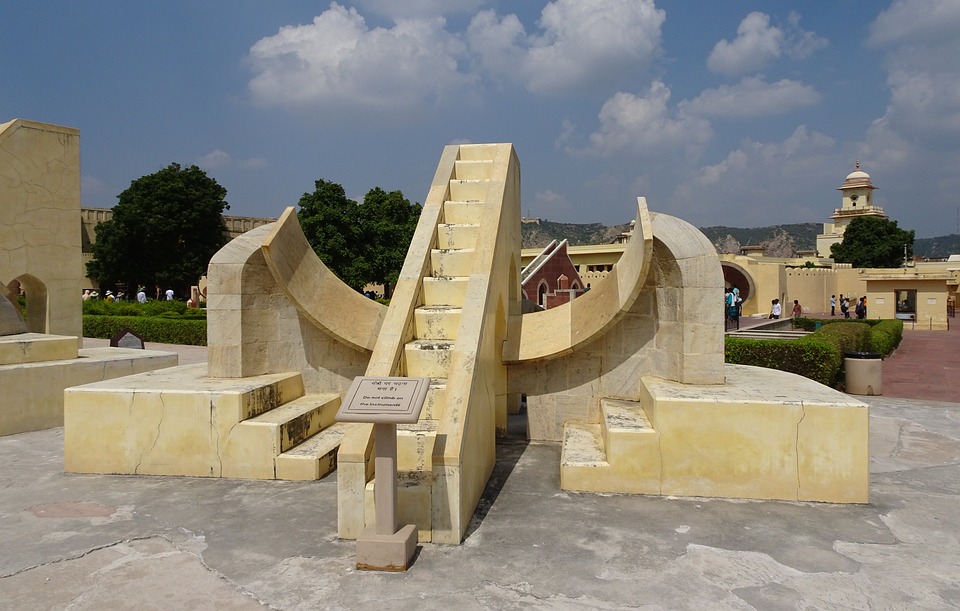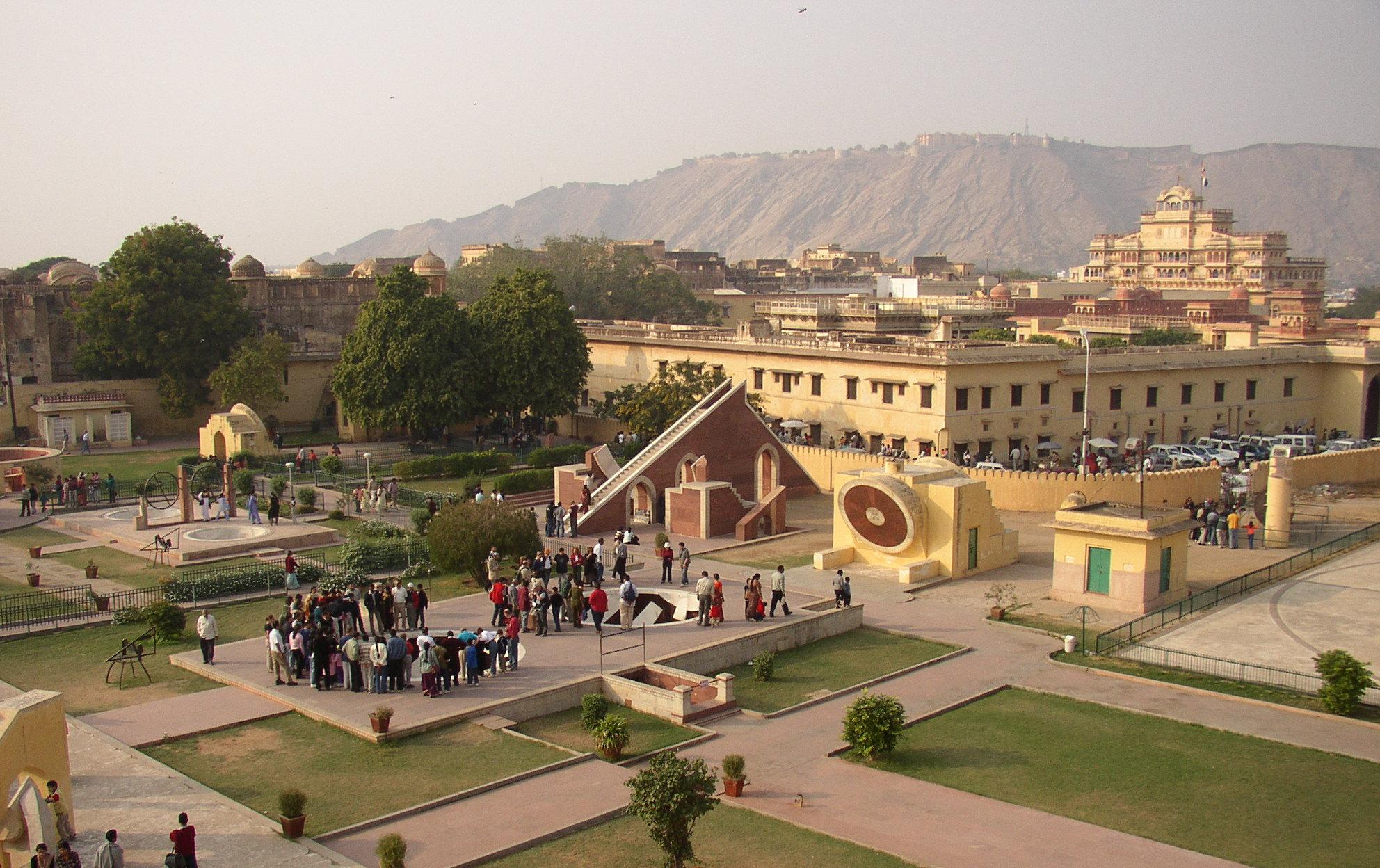Jantar Mantar | photos, History
The Jantar Mantar, a spectacular monument reflecting the nation's rich history and scientific heritage, is located in the center of India's bustling capital city, New Delhi. This exceptional piece of architecture, built in the 18th century, serves as a reminder of India's enduring obsession with the heavens. The name Jantar Mantar, which translates to "instrument for calculation," refers to a unique group of astronomical observatories that still fascinates and instructs visitors today.
historic importance
Maharaja Jai Singh II of Jaipur, a renowned Rajput ruler, scholar, and astronomer, constructed Jantar Mantar. The observatory, which was built between 1724 and 1730, is made up of a number of enormous brick instruments that can be used to track time, observe celestial body positions, and predict eclipses with amazing accuracy. Jantar Mantar functioned as a center of astronomical study and discovery during a time when scientific knowledge and observation were highly valued.
Construction marvels
A wide range of unique devices, each painstakingly created to serve a particular astronomical function, may be found at Jantar Mantar. The observatory's most notable instruments include the following:
1.With a height of 27 meters, the Samrat Yantra (Giant Sundial) is the world's biggest sundial of its kind. It is an outstanding illustration of the prehistoric understanding of celestial mechanics and can measure time with an accuracy of 20 seconds.
2.The Jai Prakash Yantra is a tool for accurately measuring celestial altitudes and azimuths. It is made up of two hemispherical structures with marked marble discs.
3.Yantra Ram: This device, which consists of two sizable cylindrical cylinders, was used to calculate the azimuth and altitude of celestial objects, including the positions of stars.
4.Misra Yantra: A set of five original tools used for a variety of astronomical calculations and observations.
Scientific Trajectory
The advancement of astronomy and contribution to the creation of the Indian calendar are two ways that Jantar Mantar's scientific contributions continue to be felt today. The observations collected here significantly increased timekeeping accuracy and were essential for forecasting eclipses. As a result, it was easier to schedule religious celebrations and holidays, which in Indian culture are closely related to celestial happenings.
UNESCO recognition and preservation
In 2010, UNESCO declared Jantar Mantar as a World Heritage Site, citing its importance to history and science. The Indian government's preservation efforts have made sure that this amazing sight will continue to be accessible for many years to come.
visitor encounter
Currently, Jantar Mantar draws visitors, academics, and astronomers from all over the world. With the assistance of educational signs and knowledgeable instructors, visitors can study the intricate details of the instruments. The observatory connects modern science enthusiasts to India's long scientific tradition by acting as a link between the past and the present.
Conclusion
Jantar Mantar signifies India's long-standing interest with the universe and the country's pursuit of scientific knowledge; it is more than just a collection of architectural marvels. This historic location serves as a reminder of India's earlier technological advancements, exact computations, and painstaking observations. It is a must-visit destination for anybody interested in the fusion of science, history, and culture because it never ceases to inspire and enlighten those who venture to investigate its magnificent equipment.







Post a Comment